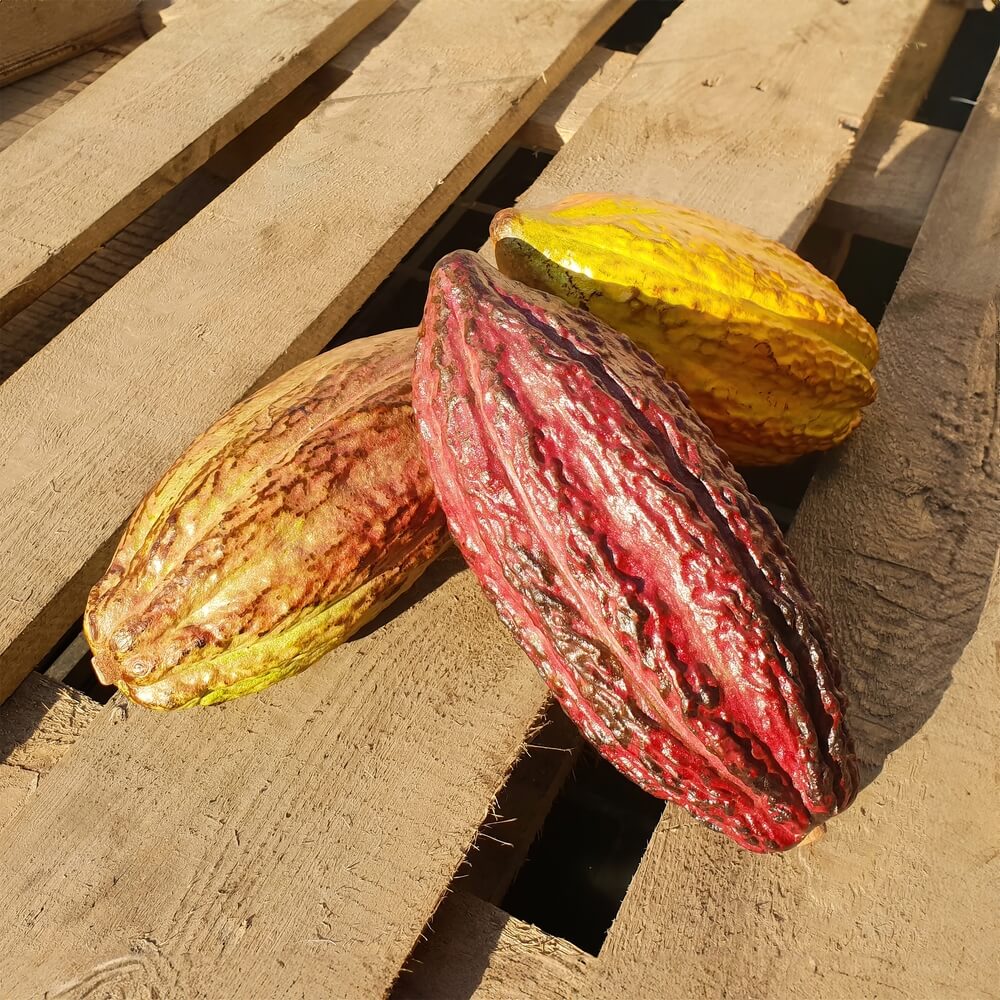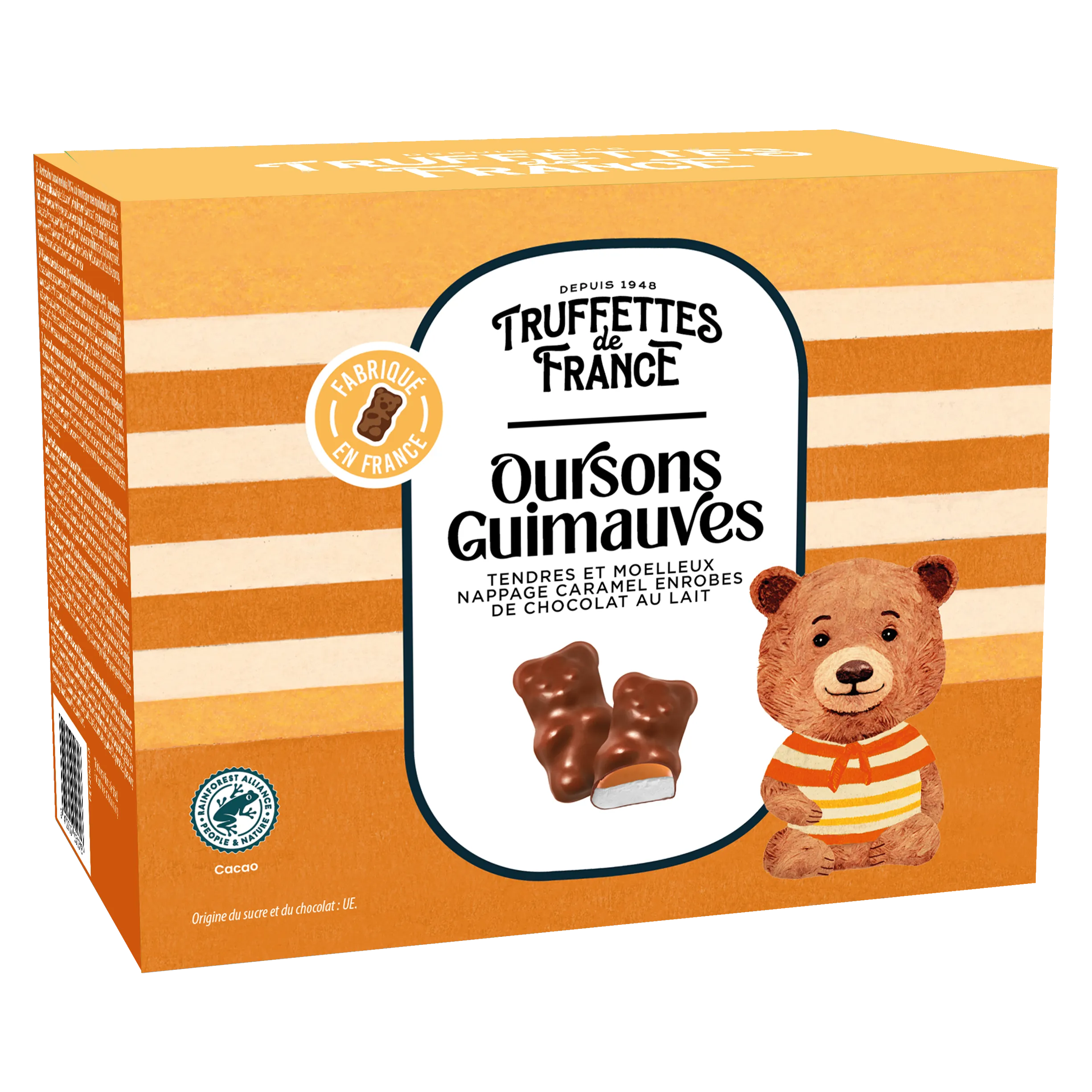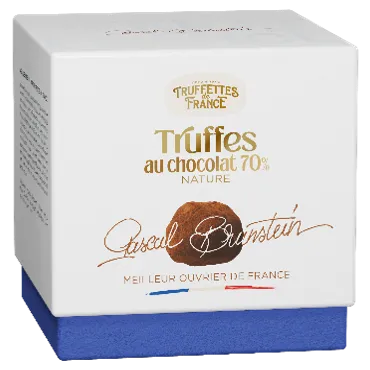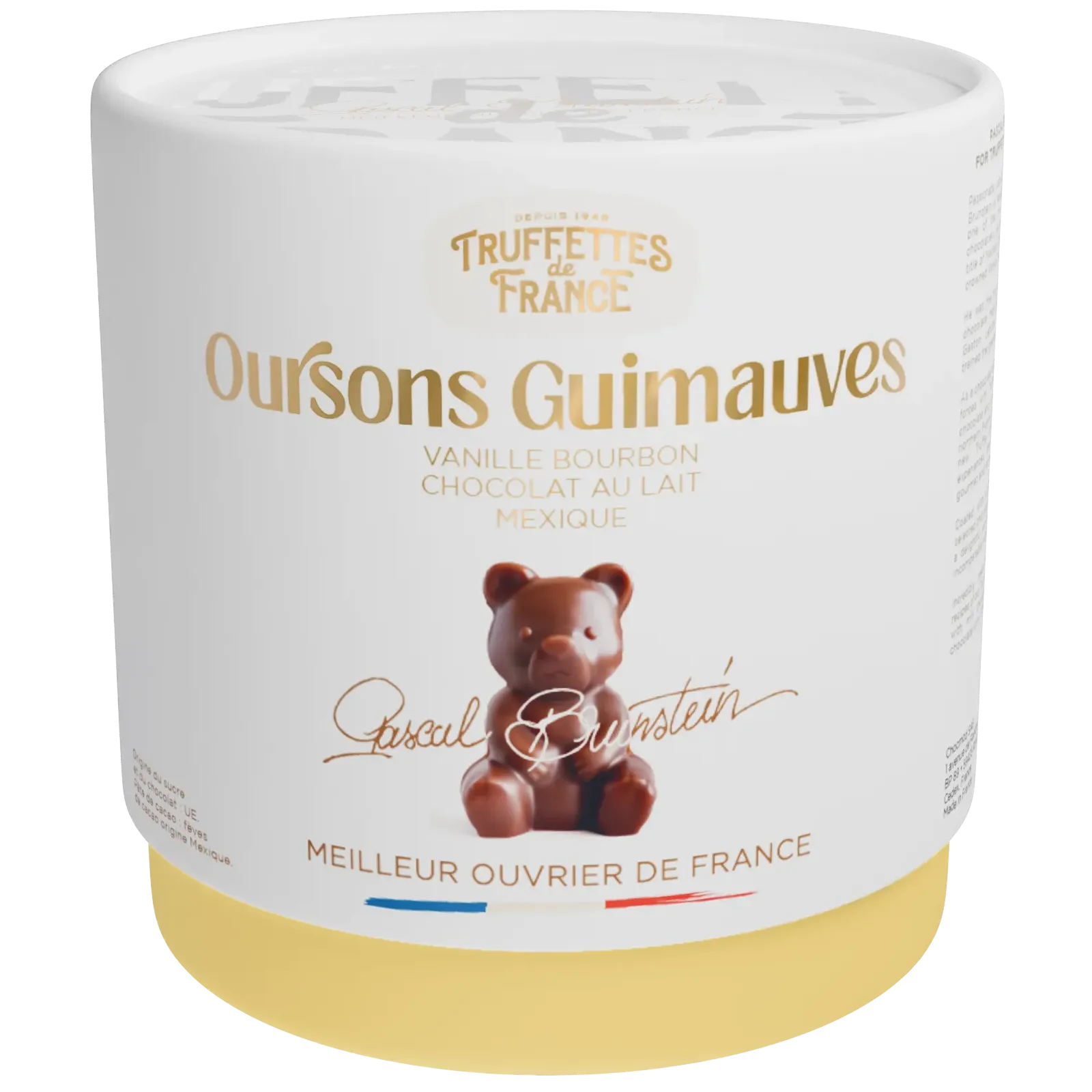Definition of pod

The world of chocolate is fascinating and full of secrets that few people know about. One of these mysteries is hidden in a little-known envelope known as the cabosse. But what is the cabosse? This article gives you an overview of this natural curiosity that gives rise to the irresistible delight that is chocolate.
What are pods?
Cabosse refers to the outer shell containing the precious cocoa beans. It comes from the cocoa tree, also known as Theobroma cacao in Latin, which means "Food of the gods". The pod is an elongated fruit reminiscent of a slightly rounded cucumber. It generally measures between 15 and 30 cm in length and is about 2 cm thick. Its color varies from green to orange-yellow when ripe.
Anatomy of a pod
White mucilage
At the heart of the pod is a whitish mass called mucilage. It's a sweet, tangy gelatinous paste that surrounds each cocoa bean. The role of the mucilage is to protect and nourish the beans while they are still in the pod.
Cocoa beans
The cocoa beans are arranged in rows inside the pod and number between 20 and 60, depending on the variety and size of the fruit. They are oval in shape and generally measure between 1 and 3 cm in length. Once extracted from their sweet cocoon, they must be fermented and dried before being transformed into chocolate.
Outer shell
The outer shell of the pod is thick and slightly bumpy. Its role is to protect the precious beans from external aggressions, such as insects or dehydration. It consists mainly of cellulose fibers.
How to open a pod?
Breaking a pod requires a certain amount of skill, to avoid damaging the beans inside. A large knife is generally used to strike the shell without breaking it completely. Then, simply pass your finger or the back of the blade through the slit thus created to gently detach the two halves of the shell.
The cocoa bean transformation process
Once the beans have been extracted from the pod, the chocolate production process can begin. This involves a number of painstaking stages, to refine and exalt the characteristic flavors of the cocoa beans.
Fermentation
Fermentation is a key stage in the cocoa transformation process. It involves leaving the beans and their mucilage to rest in wooden crates for 2 to 8 days, depending on the variety. This resting time allows the naturally present yeasts and bacteria to act on the mucilage, causing a slight rise in temperature and the release of CO2. Among other things, this chemical reaction triggers the appearance of chocolate's aromatic precursors.
Drying
After fermentation, the beans need to be dried to reduce their moisture content, which is considered too high for preservation. Drying can be done in the sun or in mechanical dryers, for 1 to 2 weeks.
Roasting
To enhance the cocoa's aromas and eliminate any remaining impurities, the beans are roasted at high temperature (between 120°C and 150°C) for 20 to 40 minutes. This process also helps to separate the outer shells from the beans.
The rest of the process
In addition to the above-mentioned stages, chocolate production involves other operations such as grinding, refining and conching. All these stages contribute to giving chocolate its unique texture and delicious flavours.
Using pods in cooking
Although cocoa beans are primarily used to make chocolate, it is possible to take advantage of the pod's other components for a variety of culinary preparations. The mucilage, for example, can be eaten fresh or incorporated into recipes for desserts and drinks. The outer shell, meanwhile, is sometimes used as a material for craft and decorative objects.
A short history of the discovery of cocoa and the cocoa pod
- 14th century BC: First traces of cocoa use by the Olmec civilizations.
- 10th century: The Mayans erected the first temples to the glory of the god of cocoa, whose legend has it that a cocoa pod grew on his body.
- 16th century: the Spanish conquistadors discovered the benefits of cocoa when they arrived in America and imported the beans to Europe.
- 17th century: Chocolate becomes a beverage prized by the European nobility, consumed in pods hollowed out for the purpose.
- 19th century: Invention of the first machines for industrial chocolate production
The cocoa pod has been a privileged witness to the epic of cocoa and chocolate throughout history. In the shadow of the delicious bars lovingly crafted by our master chocolatiers, it richly deserves recognition for its unique contribution to our gastronomic heritage.





